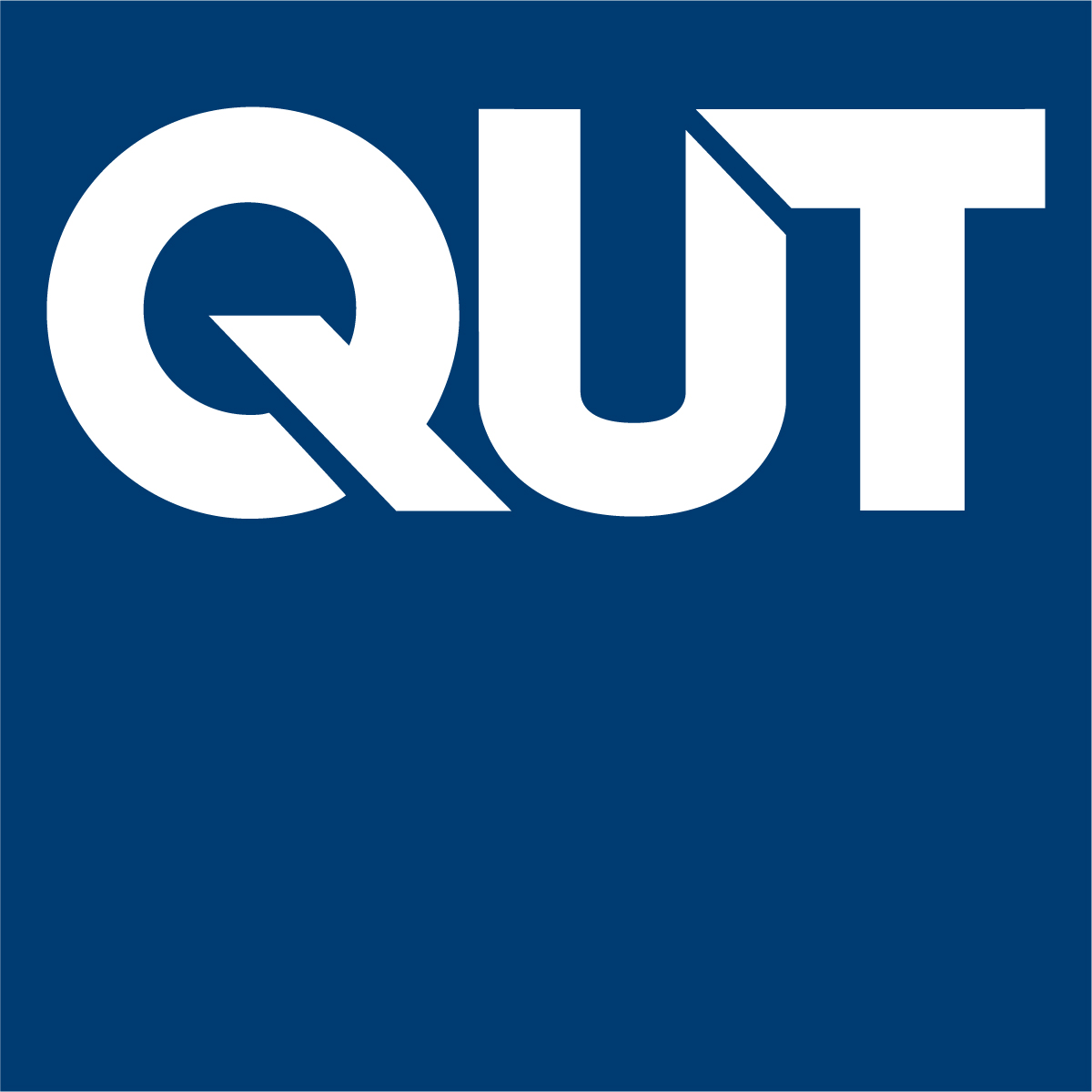The final speaker in this AoIR 2018 session is Simin Kargar, whose focus is on the harassment of civil society actors on the Iranian Internet. Such harassment and suppression has a long history in Iran, and is affected by shifts in the availability and popularity of platforms – Simin and her colleagues interviewed a range of actors (journalists, media producers, activists, ...), in Iran and the international diaspora, to explore these issues.
Diasporic civil society members were disproportionately targetted; gender is a particular component of vulnerability, and the abuse of family members still in Iran is a prominent tool for …












